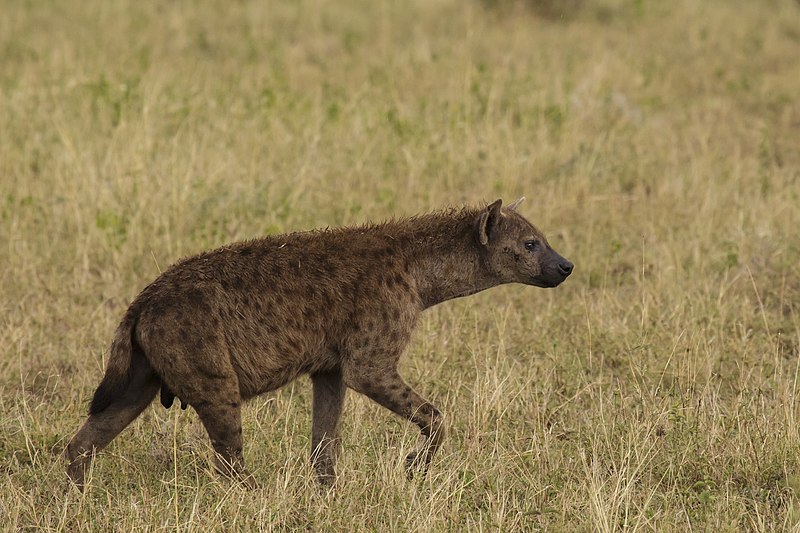In 2003, at least three people were killed by an unidentified animal in a remote area of Malawi. 16 others were badly injured. While officials believe that the animal was a rabid hyena, both eyewitness accounts and expert analysis have thrown that theory into question.
Attacks on villagers in Dowa district are thought to have begun early March 2003. While Dowa is only around 60 miles from the capital city of Lilongwe, many areas are sparsely populated and mountainous. Officials from the Parks and Wildlife department first received word of the attacks from villagers fleeing their homes to seek refuge at a community hall at district headquarters. In total, more than 4,000 people fled from four mountain villages.
They brought with them stories of a large, aggressive animal that was actively hunting people in the region. Two elderly women and a toddler had been killed by the creature, in each case their skulls crushed and both their intestines and genitals consumed. Many of the 16 people that had survived attacks had extremely severe injuries, including missing legs and hands. At least one woman’s face had been partially torn off, while two other victims were blinded.
This was the second time in less than a year that an aggressive, unidentified animal had terrorised the district, with attacks the previous August resulting in five deaths and 20 maimings. On that occasion, the animal was eventually killed by a joint patrol of game rangers and paramilitary police. While officials identified it as a hyena, some witnesses disputed this, stating that it did not possess the underdeveloped back limbs that give spotted hyena their characteristic gait and sloping back.

Some villagers believed that the nature of the attacks, often badly maiming victims but leaving them alive, did not resemble those of a predator. Instead, they felt the attacks demonstrated a level of deliberate malice.
After an investigation into the 2003 attacks, park officials concluded that they were likely again the work of a hyena. However, in this case the animal was never captured or killed, and animal experts have questioned the likelihood of a lone hyena aggressively attacking entire villages of people. One witness, the son of a man hospitalised by the animal, stated his belief that the creature was supernatural in nature, the same animal that had been killed a year earlier resurrected to exact its revenge.
A week after fleeing their homes, many of the villagers returned home under armed guard. Despite an intensive hunt by park rangers, supported by police officers and soldiers, the animal responsible for the attacks was never found.

The look of the terrible hyena belies nature; it looks nothing like a monster, yet tears off the human flash most atrociously…
LikeLiked by 1 person